The processor in my NVR has spare bitrate. What can I do with it?
This guide is relevant to Vanguard, Networker, Super, Executive, and Edge Line NVRs only.
The processor in an NVR has both an incoming and outgoing bitrate. Incoming is for recording and processing video and outgoing is for watching it remotely. All of our NVRs have at least 5Mbps per channel in incoming bitrate (What you need to record 1080P 30 FPS video), and many models can have extra bitrate. You can use that extra bitrate to:
Future Proof Your Purchase
The main thing that people use the spare bitrate on their NVR is to future proof their system. In the future, higher-than-1080P resolution cameras will become more readily available as they come down in price. By having spare bitrate, you will be able to record at higher resolutions when those cameras are more affordable. Even if you aren't thinking of adding any of the options listed below, being able to do so in the future is a great thing.
Record in 4MP
We're about ready to launch a new line of 4MP IP cameras. 4MP Resolution is about 2x 1080P, which means that they will use around 7 Mbps in processing power. This is the main reason why many of our NVRs have twice the bitrate needed for 1080P.
Record in 4K
Some of our news Executive and Edge NVRs can record a limited number of 4K channels. 4K resolution is 4x the resolution of 1080P, uses 4x the bitrate of 1080P video, and is 4x as large of a video file. These units have expanded space and extra fast processors to handle the extra resolution. They are capable of recording 4K cameras.
Use Specialty Cameras
Cameras like our Panoramic Line use additional NVR processing power to capture a much higher resolution 360 degree view of an area, like the picture on the right. The NVR then uses additional processing power to turn that fisheye view into a more usable human-friendly series of views like the pictures below. The amount of bitrate the camera can use (according to its own processor) is maxed at 8Mbps, but you can use a lower amount if you select a smaller number of human-friendly views.
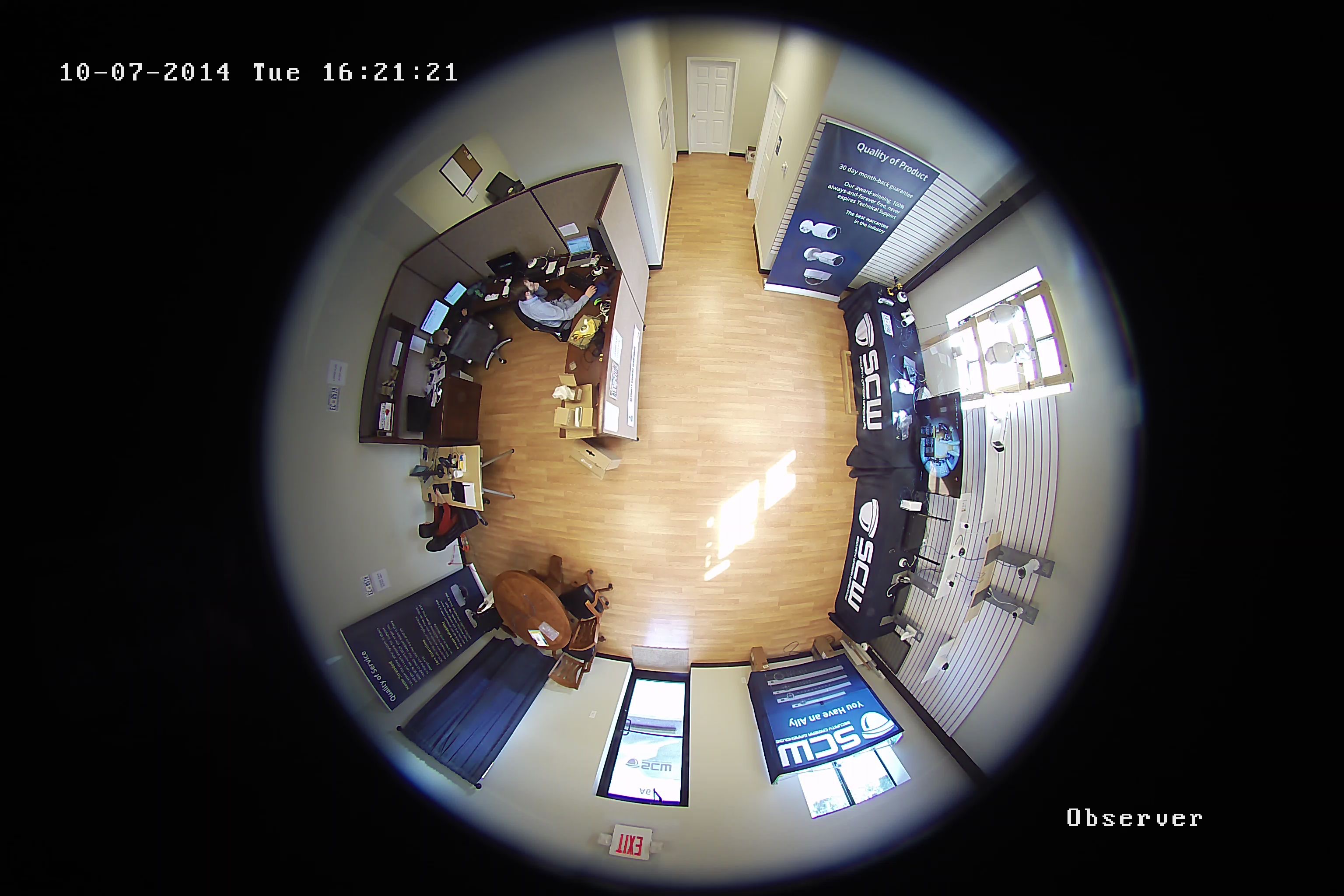
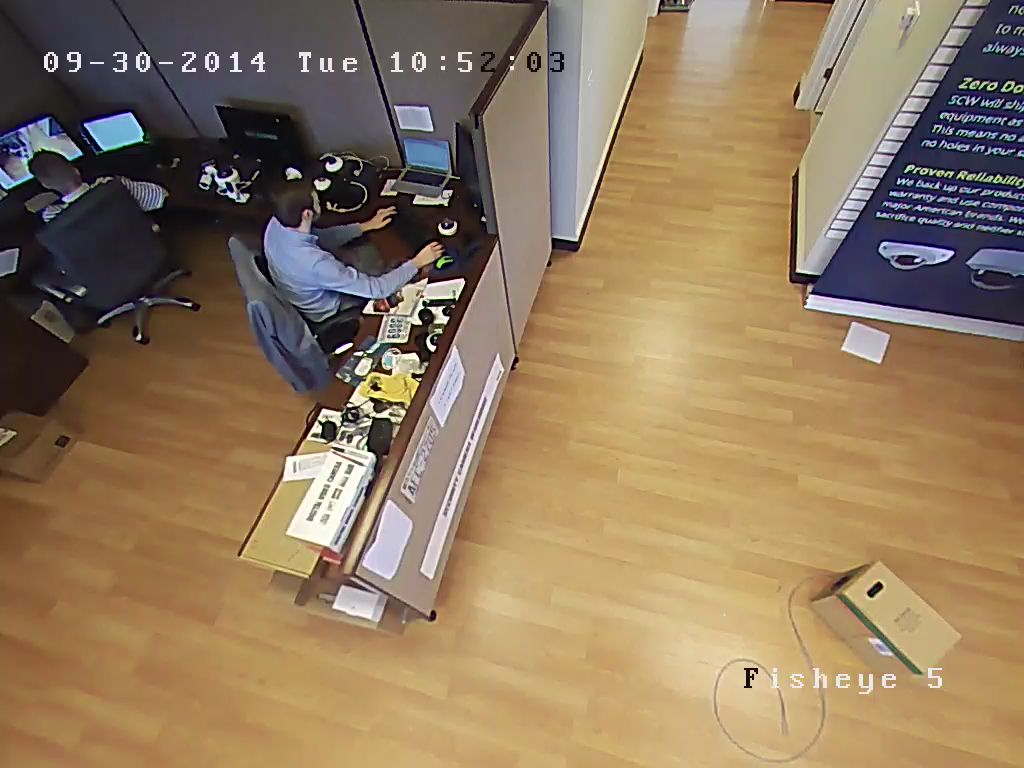
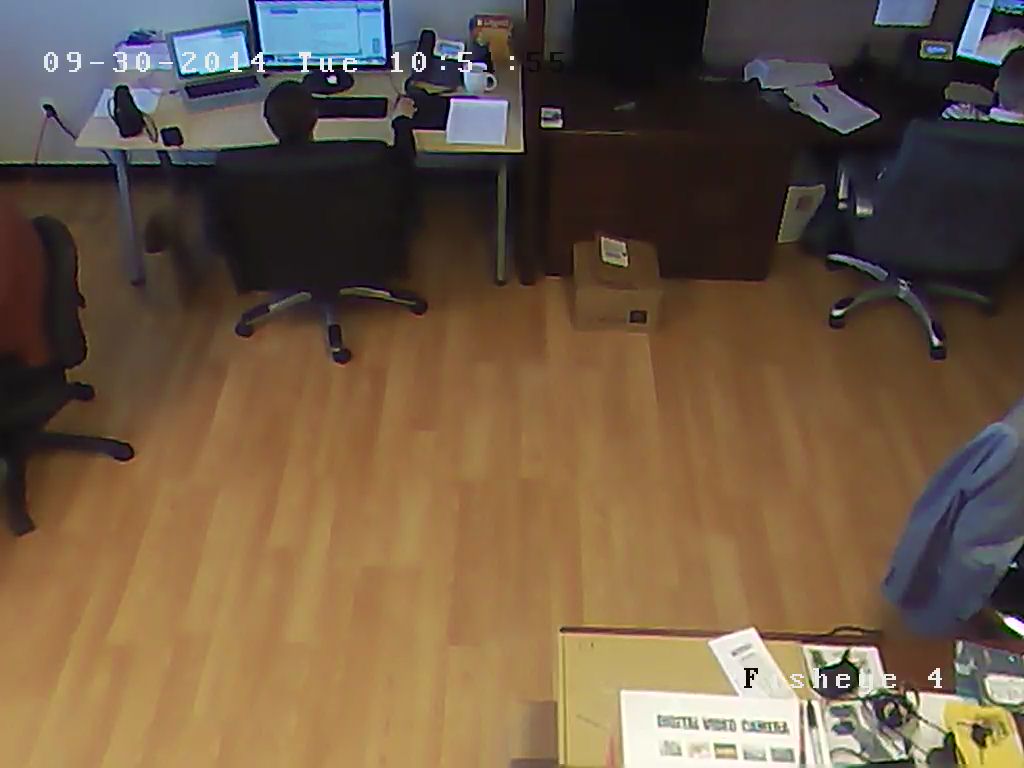
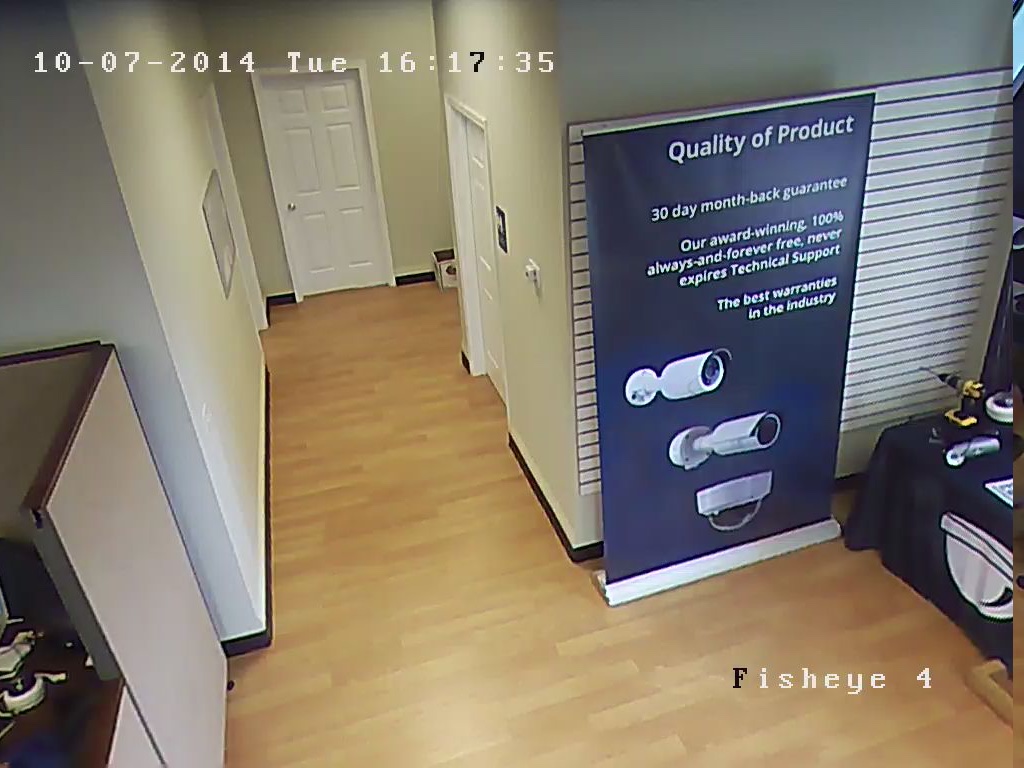
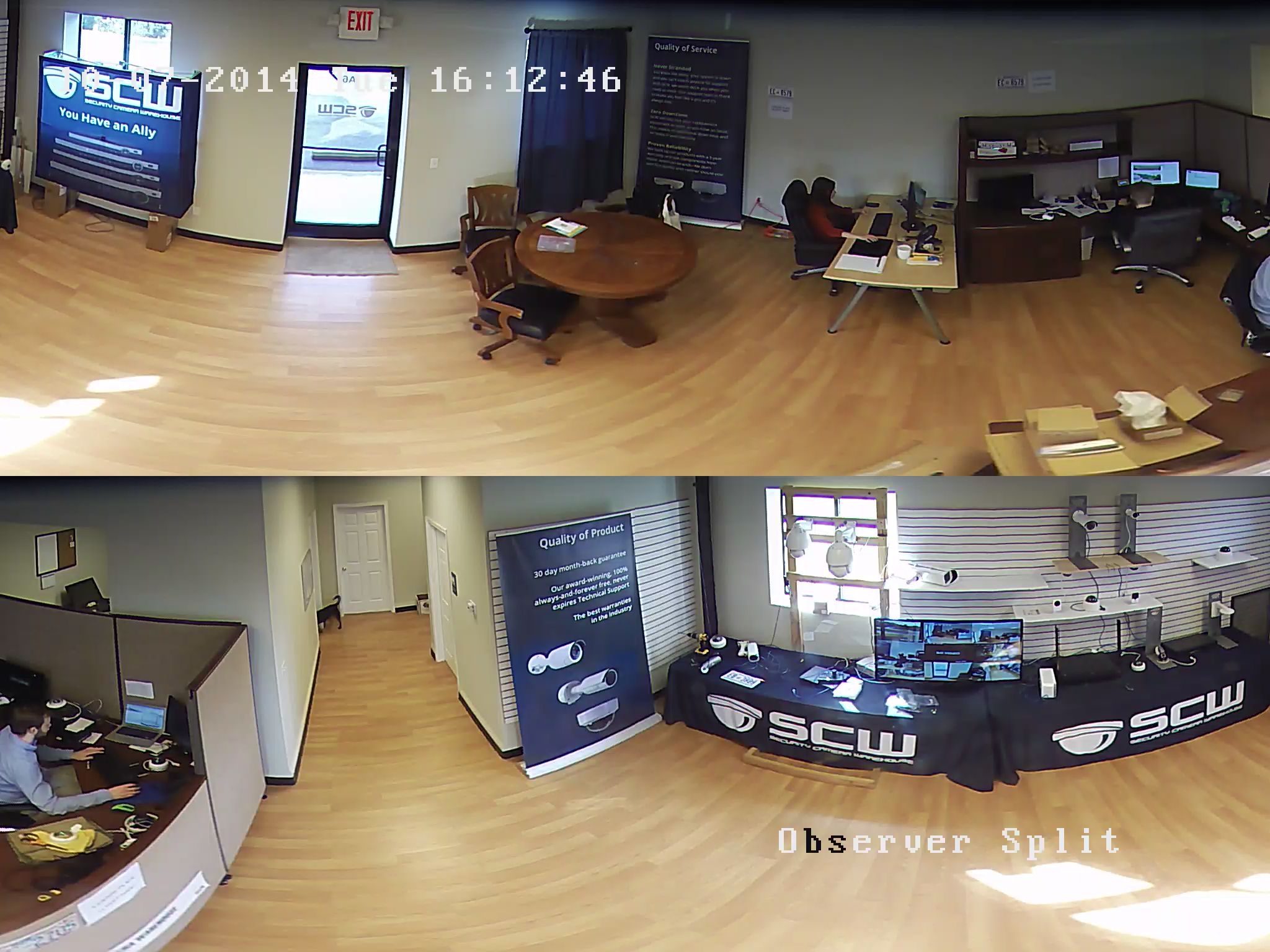
RAID Redundancy
Our Executive and Edge line NVRs can do a RAID (0,1,5,10) hard drive partitioning which create redundancies of recorded video for clients who face regulatory, investigative, or other challenges that would make retaining backup copies of the NVR's footage mission critical. Enabling RAID requires around 100 Mbps in bitrate on these units.

Lean on the experts
We'd be happy to work up a custom quote or take your floorplan and create a security coverage map.
Get aCustom Quote



